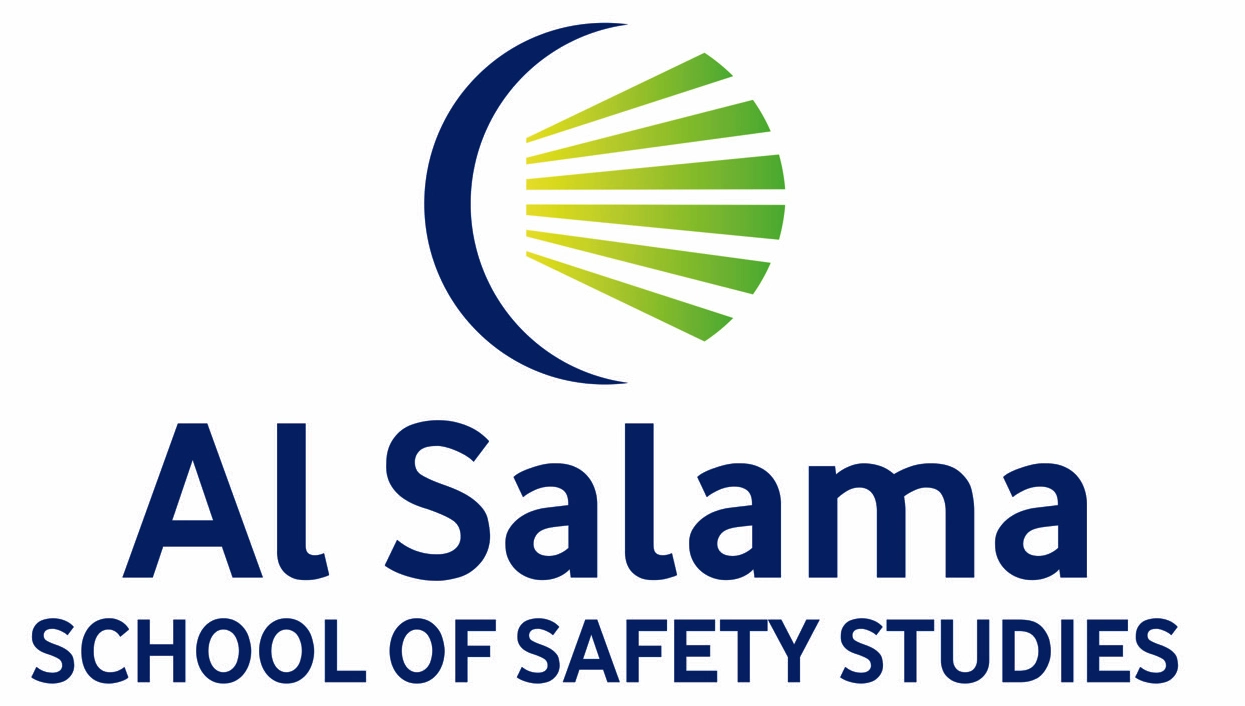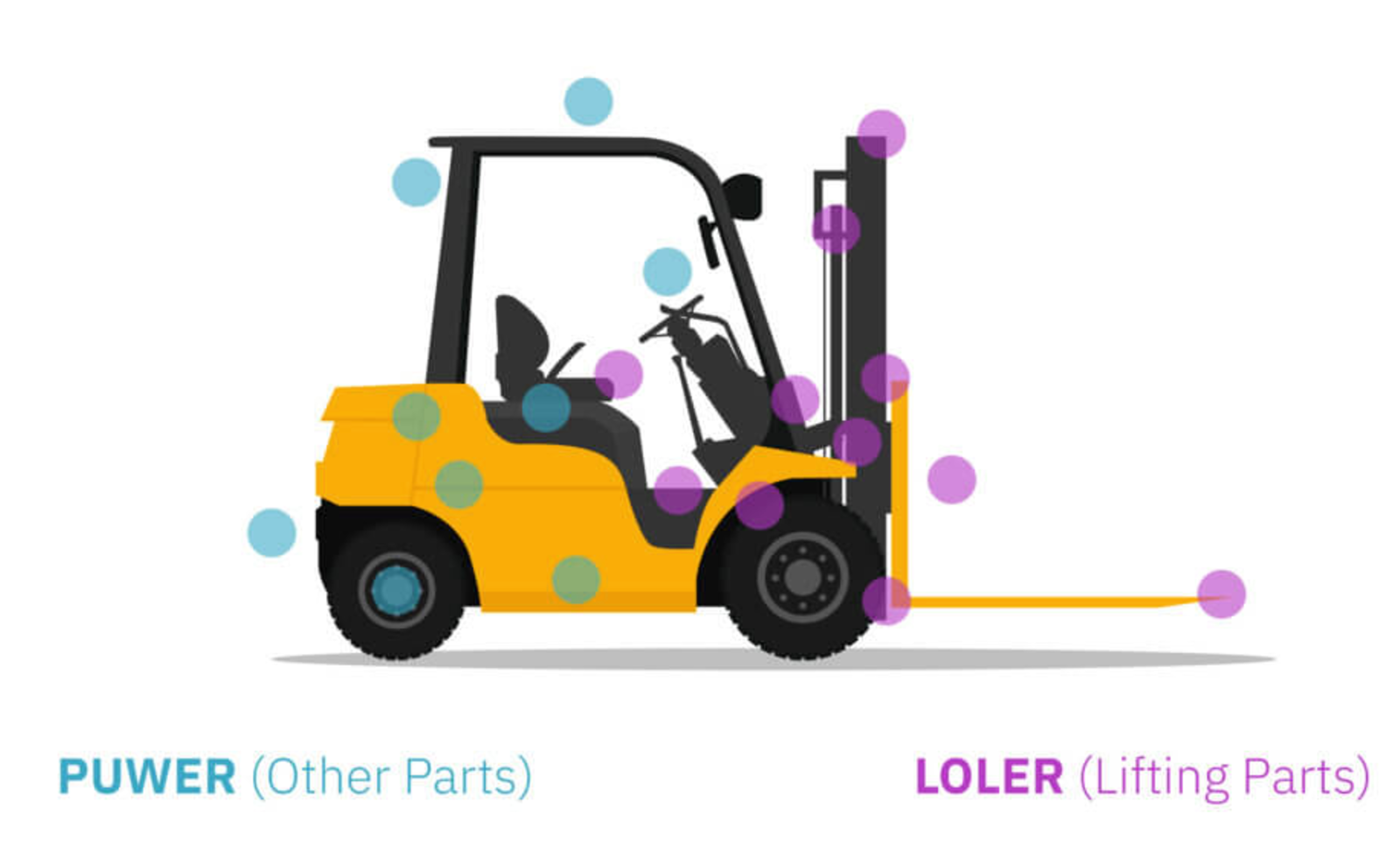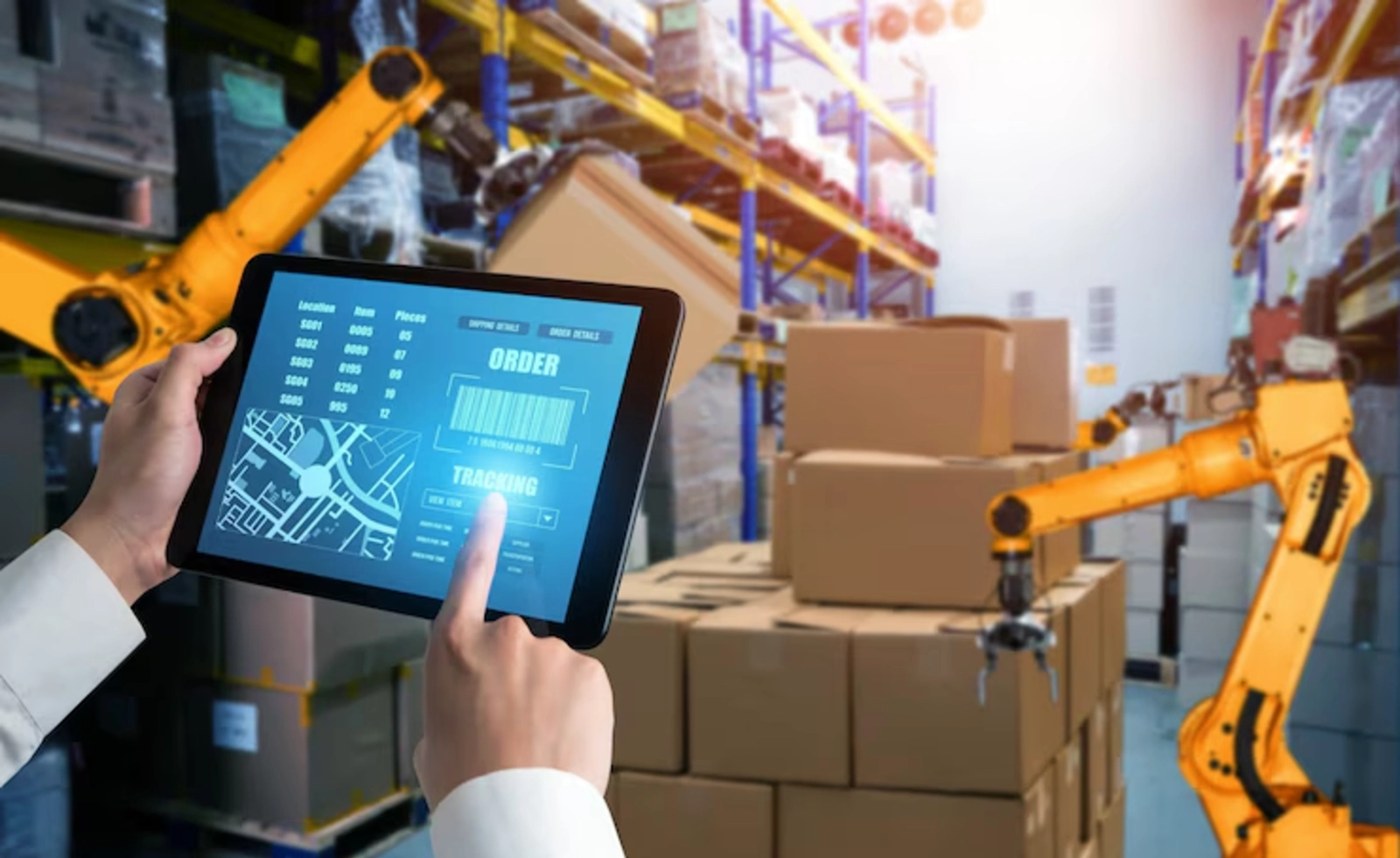National Logistics Policy 2022
National Logistics Policy 2022: Opportunities for the Youth of Kerala – Breaking Down What It Means for Future Supply Chain Professionals India stands on the brink of a logistics revolution. The National Logistics Policy 2022, launched on September 17, 2022, presents unprecedented career opportunities for young professionals in Kerala and across the nation. This comprehensive policy framework aims to transform the country’s logistics sector from a cost burden into a global competitive advantage. For the youth of Kerala, especially those aspiring to build careers in supply chain management and logistics, understanding this policy is essential for seizing emerging opportunities. Understanding the National Logistics Policy 2022 The National Logistics Policy (NLP) 2022 addresses a critical challenge facing India’s economy—high logistics costs. Currently, logistics expenses account for 13-14% of India’s GDP, significantly higher than global benchmarks of 8-9% maintained by developed economies. This policy represents the government’s strategic initiative to reduce logistics costs to international standards by 2030, making Indian products more competitive globally. The policy focuses on key transformation areas including digital integration, multi-modal transport development, infrastructure modernization, and critically, human resource development. It complements the PM Gati Shakti National Master Plan and works in tandem with initiatives like Sagarmala and Bharatmala to create an integrated logistics ecosystem across the nation. Core Pillars of the National Logistics Policy The NLP operates through eight key action areas designed to revolutionize how goods move through India: Digital Integration Systems for seamless workflow and efficiency Standardization of Physical Assets and Service Quality benchmarks Multi-Modal Logistics Parks (MMLPs) at 35 strategic locations nationwide Logistics Human Resource Development and Capacity Building Unified Logistics Interface Platform (E-Logs) for direct government engagement Integrated State and City Logistics Plans across all regions Export-Import (EXIM) Logistics infrastructure and process improvements Logistics Data Bank 2.0 for real-time tracking and visibility Employment Opportunities and Job Creation The logistics sector currently employs over 22 million people in India and represents one of the fastest-growing employment segments. Under the National Logistics Policy 2022, the sector is projected to generate an additional 1 crore (10 million) jobs by 2027. For young professionals in Kerala, this translates to countless career pathways that didn’t exist just a few years ago. The policy acknowledges a critical skills gap in the logistics industry. While demand for qualified logistics professionals continues to surge, the supply of trained workers remains insufficient. This gap presents an ideal entry point for youth willing to invest in specialized training and certifications in logistics and supply chain management. Supply Chain Roles Transforming Under NLP The expanded logistics ecosystem creates diverse career opportunities across multiple specializations: Warehouse and Fulfillment Management: Modern warehousing facilities require professionals trained in inventory management systems Cold chain specialists for pharmaceutical, agricultural, and food sectors Fulfillment centre coordinators managing last-mile delivery networks Transportation and Fleet Management: Multi-modal transportation specialists coordinating road, rail, and waterway logistics Fleet operations managers overseeing vehicle tracking and route optimization Last-mile delivery coordinators managing final-customer touchpoints Digital and Technology Roles: Logistics software specialists managing E-Logs platform implementations Data analysts working with Logistics Data Bank 2.0 for supply chain optimization Supply chain digitization consultants helping organizations integrate new systems Supply Chain Planning and Analytics: Network design professionals optimizing distribution networks Demand planning specialists managing inventory forecasting Procurement professionals managing supplier relationships across multi-modal networks Compliance and Customs Expertise: Export-import compliance specialists navigating EXIM logistics requirements Customs clearance coordinators managing streamlined border processes Regulatory affairs professionals ensuring adherence to updated logistics standards Kerala’s Strategic Position in the Logistics Revolution Kerala has positioned itself strategically within India’s logistics transformation. The state secured recognition in the Logistics Ease Across Different States (LEADS) 2023 assessment as a “Fast Mover” category performer. This recognition reflects Kerala’s commitment to creating a business-friendly logistics environment aligned with national policy objectives. Kerala’s geographic advantages—coastal ports, waterway networks, and road connectivity—make the state a natural hub for logistics development. The state has formulated its own Kerala Logistics Parks Policy (Draft 2024) promoting integrated, cost-efficient, and sustainable logistics systems. Young professionals from Kerala possess the advantage of being in a state actively implementing NLP principles and investing in logistics infrastructure. Why Youth Should Pursue Logistics and Supply Chain Careers Global Competitiveness:The policy aligns India with international supply chain standards, creating opportunities for Kerala’s youth to work with global logistics networks. Professionals working under this new framework will gain exposure to world-class processes and technologies, making them competitive in international job markets. Career Progression Opportunities:From entry-level coordinator positions through senior management roles, the expanding logistics sector offers clear career advancement pathways. The government’s focus on human resource development means increased investment in professional training and career development initiatives industry-wide. Skill Relevance:Professionals trained under the NLP framework develop skills directly aligned with modern supply chain requirements. Companies adopting digital logistics systems, multi-modal transportation, and data-driven decision-making specifically seek professionals trained in these evolving areas. Competitive Salaries:The acute shortage of skilled logistics professionals means companies compete actively for talent. This competition translates to better compensation packages, performance incentives, and career benefits for qualified professionals entering the sector. Essential Skills for Future Logistics Professionals Success in the transformed logistics sector requires a specific skill combination: Technical Skills: Digital platform proficiency (E-Logs, ERP systems, supply chain software) Data analysis and interpretation capabilities Multi-modal transportation coordination knowledge Warehouse management system expertise Real-time tracking and visibility platform management Professional Competencies: Project management and process improvement Vendor and supplier relationship management Problem-solving and critical thinking Communication across diverse stakeholder groups Regulatory compliance and documentation Industry Knowledge: Understanding of supply chain networks and logistics flows Familiarity with customs and export-import procedures Knowledge of cold chain and specialized logistics requirements Awareness of sustainability and reverse logistics principles How Kerala Youth Can Prepare for These Opportunities Formal Education and Certifications:Pursue recognized logistics management courses, supply chain operations, and transportation management. Industry bodies have developed standardized curricula aligned with the NLP framework. Certifications from recognized organizations carry significant weight with employers throughout India. Practical Training:Hands-on training provides exposure to actual logistics operations, warehouse management, and supply chain coordination. Working alongside … Read more












